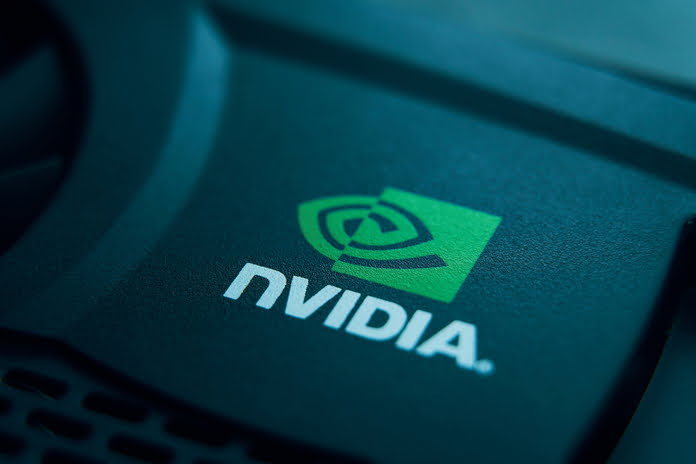The Nvidia earnings report has become one of the most closely watched events on Wall Street. On Wednesday, U.S. markets opened mostly flat as traders positioned themselves ahead of the highly anticipated quarterly results from Nvidia (NASDAQ:NVDA). The S&P 500 dipped less than 0.1%, the Nasdaq Composite slipped 0.1%, while the Dow Jones Industrial Average added roughly 15 points, or less than 0.1%.
Investors view the upcoming Nvidia earnings report as a bellwether for the artificial intelligence sector. Nvidia dominates the AI chip market, and its results will help determine if the recent rally in technology stocks is sustainable or if it reflects an overhyped bubble.
Global Markets Mixed as Investors Await Clarity
Overseas markets were mixed as well. Germany’s DAX edged 0.2% lower to 24,117.06, France’s CAC 40 rose 0.4% to 7,741.15, and the FTSE 100 in the U.K. remained flat. In Asia, Hong Kong’s Hang Seng dropped 1.3% to 25,201.76, and the Shanghai Composite fell 1.8% to 3,800.35 as investors locked in profits. Meanwhile, Japan’s Nikkei 225 gained 0.3% to 42,520.27, and South Korea’s Kospi also rose 0.3% to 3,187.16.
Taiwan Semiconductor Manufacturing Co. (NYSE:TSM), a major Nvidia supplier, gained 1.4% after reassuring investors that potential U.S. tariff hikes would have a limited impact on its export-driven business.
Nvidia’s Role in the AI Boom
The Nvidia earnings report carries weight far beyond a single company. Nvidia’s chips power much of today’s AI applications, from data centers to autonomous vehicles. If its results beat expectations, it could validate bullish sentiment surrounding AI-related stocks. On the other hand, weaker numbers could trigger a broader tech sell-off.
Wall Street has seen significant volatility around AI-related news in 2025, with investors eager for tangible evidence that AI demand is translating into sustainable profits. Companies like Tesla (NASDAQ:TSLA) and Alphabet (NASDAQ:GOOGL) have also benefited from the AI narrative, but Nvidia’s earnings are considered the most direct measure of AI hardware demand.
Federal Reserve and Tariff Tensions Add Uncertainty
Markets are also watching the Federal Reserve closely. President Donald Trump’s tariff policies have added pressure to the economy, fueling debates about inflation and interest rates. Trump’s public disputes with Fed officials, including threats to remove Chair Jerome Powell, have added volatility to rate-cut expectations.
Currently, traders assign an 87% probability that the Fed will cut rates by a quarter-point in September, according to CME Group data. The Fed last cut its benchmark rate in late 2024 after a multi-year tightening cycle aimed at controlling inflation. While inflation has cooled to around 2.6%, tariffs remain a potential risk.
Beyond Nvidia: Other Market Movers
While attention is squarely on the Nvidia earnings report, other notable market developments are worth watching. Cracker Barrel (NASDAQ:CBRL) shares rose 3% after the company abandoned plans to change its logo following social media backlash, which even drew a comment from President Trump.
Meanwhile, oil prices were little changed. U.S. benchmark crude traded at $63.20 per barrel, down 5 cents, while Brent crude slipped 9 cents to $66.61. Currency markets were also stable, with the U.S. dollar rising to 148.06 yen and the euro slipping to $1.1586.
What to Watch Next
Investors should keep a close eye on Nvidia’s after-hours report for signs of continued AI-driven growth or potential demand slowdowns. Friday’s release of the U.S. personal consumption expenditures index could also influence the Fed’s rate path.
The Nvidia earnings report is more than just a corporate update—it is a key test for the broader AI market and investor confidence. Whether the AI boom continues or faces a reality check will largely depend on what Nvidia reveals after the closing bell.
Featured Image – Megapixl






